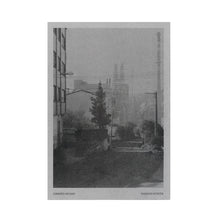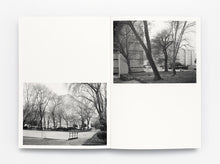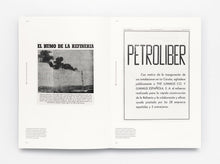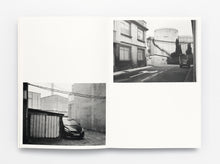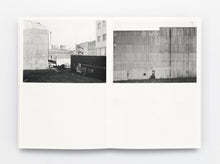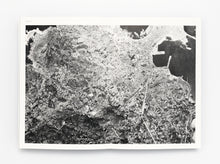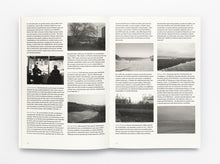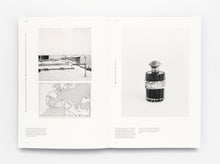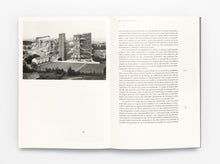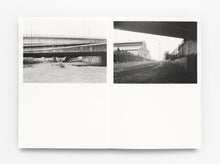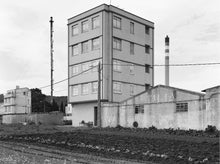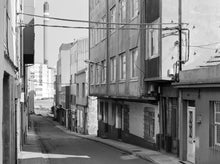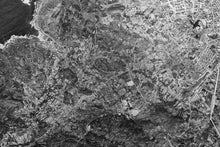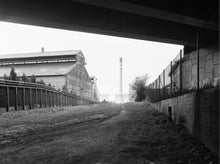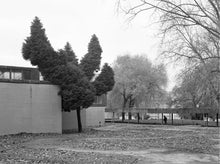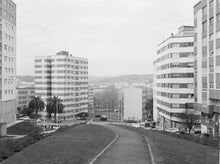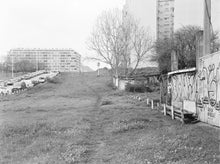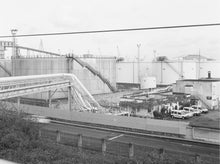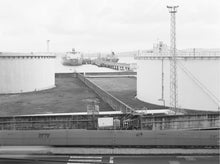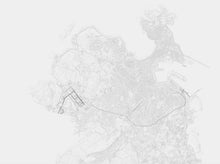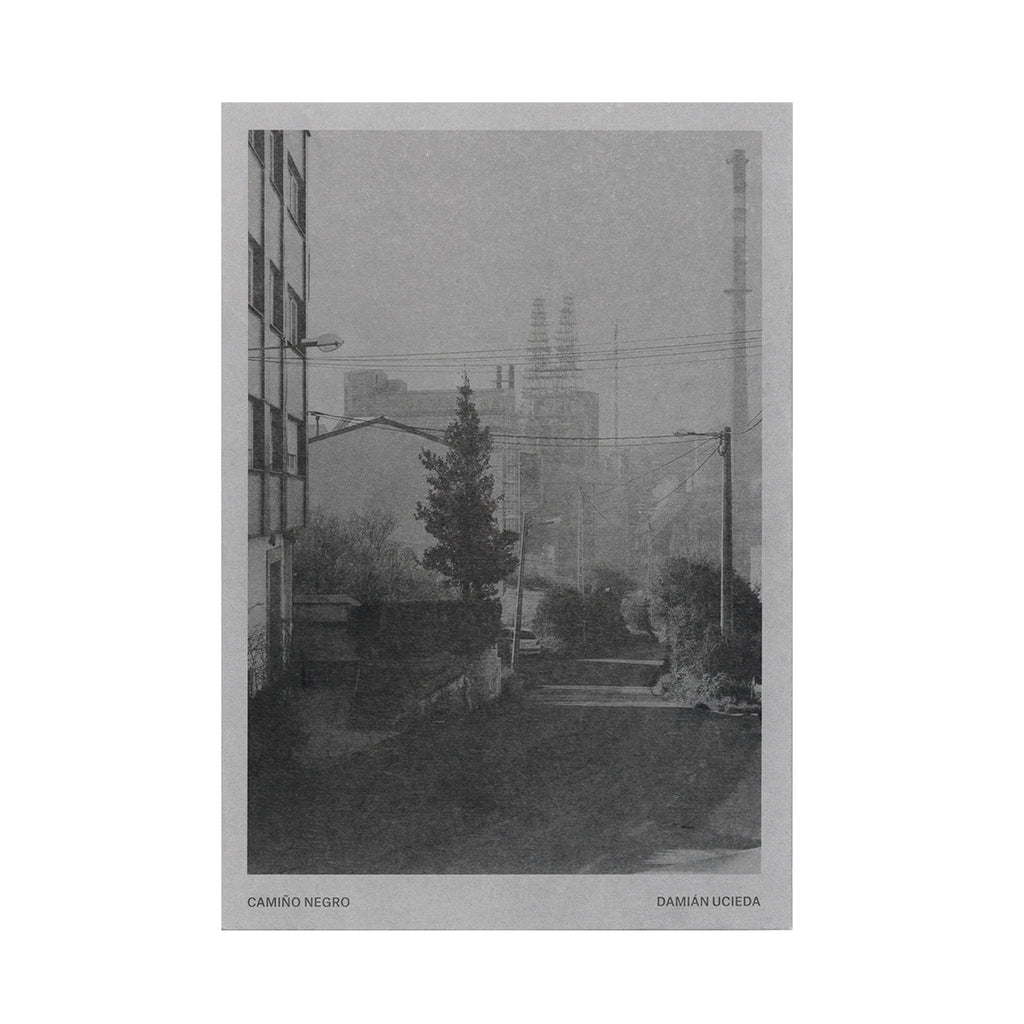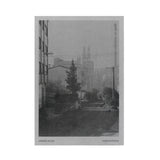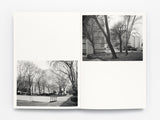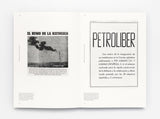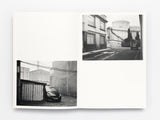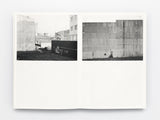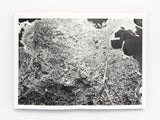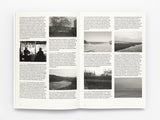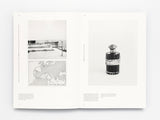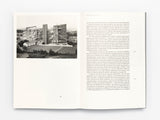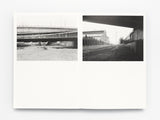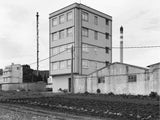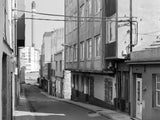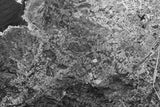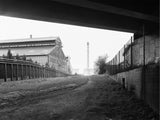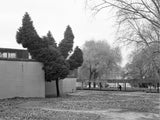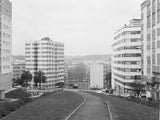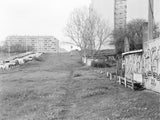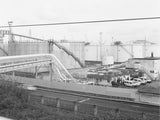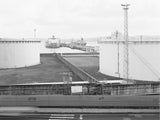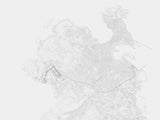In Stock
Size: 20.5 × 28 cm
Pages: 160
Hardcover
Language: Spanish
Colección: Arte y Foto
*
The project examines the relationship between oil and the surroundings of the city of A Coruña, how these territories are defined and the coexistence between the neighboring towns and the oil industry.
The first part of the project is a photographic documentation following the 6.5 km route of pipes that cross the city from the city's port to the oil refinery. The oil pipeline is only visible at the beginning of the route, when it crosses the road from the port and passes through the Los Castros neighborhood. The rest of the route it is buried underground and marked with two-color safety beacons although it can be sensed through the path that it leaves as it passes through the city, since for security reasons the land cannot be built on. Some of these lands are concessions or land owned by the oil company, but they are used in many areas as public space, generating an overlap between the public and the private.
Walkways or parks define a clearer use of the territory. Other areas are simply reused as steps, shortcuts or spaces adapted for different functions more deeply rooted in the area, such as pasture for animals.
The second part of the project is focused on the population of Meicende through another photographic series. An urban nucleus, which prior to the industrialization of the region, developed in the 70s and 80s with the industrial growth that the area suffered. Located in the middle of the refinery, the town is cut off from the city by an industrial estate and an aluminum plant.
The collection of photographic images show the coexistence between industry and city, and how industrialization has managed to transform the landscape and territory previously dedicated to cultivation.
Although there are few neighbors who remember the valley before the refinery, some of them, by tradition, continue to cultivate next to their houses despite the fact that the products are not suitable for consumption due to the pollution that the industry gives off.
Cars stained with black dust, corroded facades or the inability to hang clothes outdoors are some of the experiences that residents of the town suffer in their day-to-day lives.
*
Damián Ucieda Cortés was born in 1980 in A Coruña, Spain. In 2004 he completed his studies in Illustration from Escola Massana from Barcelona. He graduated with a BA Hons degree in Photography from Edinburgh College of Art in 2007.
His work has been exhibited internationally in institutions such as Moscow Museum of Modern Art, National Portrait Gallery London, Royal Scottish Academy, CCEMX, Museo Patio Herreriano of Valladolid, Cidade da Cultura of Santiago de Compostela amongst others.
He received the Injuve Grant 2008 and has been selected in prizes organised by Fundación Aena, Auditorio de Galicia, MAC, Nikon and Purificación García.
His work is part of the public collections of Museo Nacional Reina Sofia, Ministerio de Cultura, Ayuntamiento de A Coruña, Colección Arte Contemporáneo, Fundación Aena, DKV Collection, Fundación Luis Seoane and Fundación María José Jove.





















